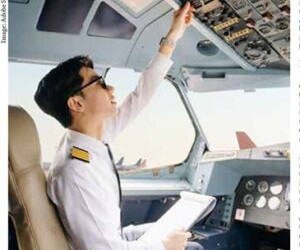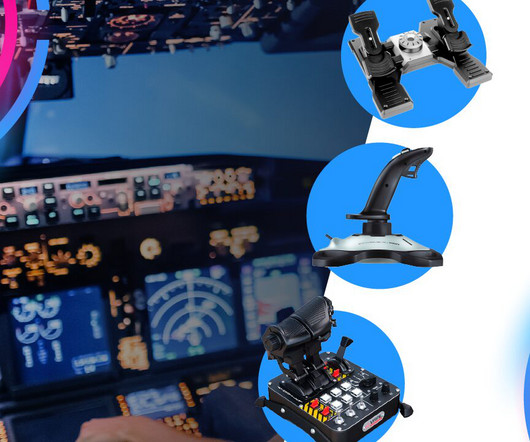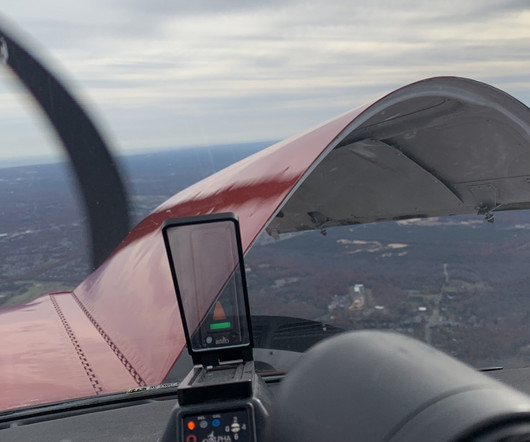Wingtip Vortices and Wake Turbulence
Pilot Institute
MARCH 28, 2025
The exhaust coming out of aircraft engines looks pretty dangerous, generating huge amounts of thrust and pushing back tons of hot air. By far the strongest component of wake turbulence is the swirling air generated at the tips of the aircrafts wings. Wake turbulence can cause severe roll and structural damage to smaller aircraft.
















Let's personalize your content